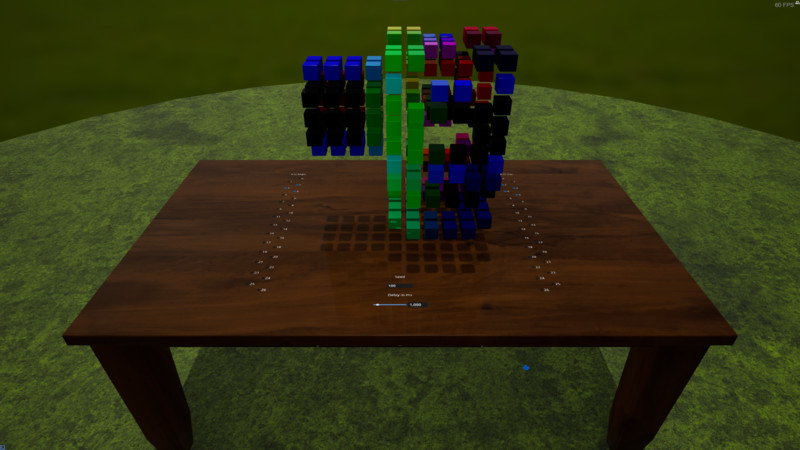
- #Variations of conways game of life update
- #Variations of conways game of life archive
- #Variations of conways game of life code
Steele Prize by the American Mathematical Society. Of Arts and Sciences and in 2000 was awarded the Leroy P. In 1992 he was elected to the American Academy

In 1981 he became a fellow of the Royal Society. Pólya Prize in 1987 from the Lonon Mathematical Society. For his work he received the Berwick Prize in 1971 and the Where he took over the chair from John von Neumann, which he held until the end of his career. He later moved to the University of Princeton in the USA, He spent the first part of his career at the University of Cambridge. Of finite groups, node theory, number theory, coding theory, combinatorial game theory and made many contributions to recreational mathematics.Ĭonway grew up in Liverpool. John Horton Conway (Decemin Liverpool, UK † Apin New Brunswick) was a British mathematician. This is an orthogonal spaceship that is slightly larger than the previous patterns. Is implemented in the applet shown below.
#Variations of conways game of life archive
LifeWiki has a large archive of such patterns for Game of Life. The programming of the "Game of Life" would be done with patterns, which then interact The Turing completeness is a property that describes that a programming language,Ī simulation or a logical system is in principle suitable to solve every computing problem. Of his previous articles in the magazine, including Gardners famous article on Hexaflexagons.Ī notable property of the special rule set used by Conway's "Game of Life" is it's Turing completeness. The article garnered more response than any other In his October 1970 column of "Mathematical Games" in the "Scientific American" magazine. The Game of Life is a cellular automaton devised by the british mathematician John Horton Conway in 1970. John Conway's Game of Life - An Introduction to celluar Automata The Game of Life A so called spaceship pattern in Conways Game of Life What is the Game of Life? This entry was posted in Math'n'Art and tagged code, mathjax by aadmin.
#Variations of conways game of life code
The Processing source code can be downloaded here: This is a video that shows the resulting animation made with Processing 3 using $v_1=0.3$, $v_0=0.04$, starting from an initial random configuration: render each cell $(x,y)$ with a square (or pixel) and color it according to the three RGB components values $C_r, C_g, C_b$ that it has in the three independent grids: $Red = C_r(x,y)*255$, $Green=C_g(x,y)*255$, $Blue=C_b(x,y)*255$.

#Variations of conways game of life update


This is a three-part post about Conway’s Game of Life and some easy-to-implement variations that can lead to interesting visual results.


 0 kommentar(er)
0 kommentar(er)
